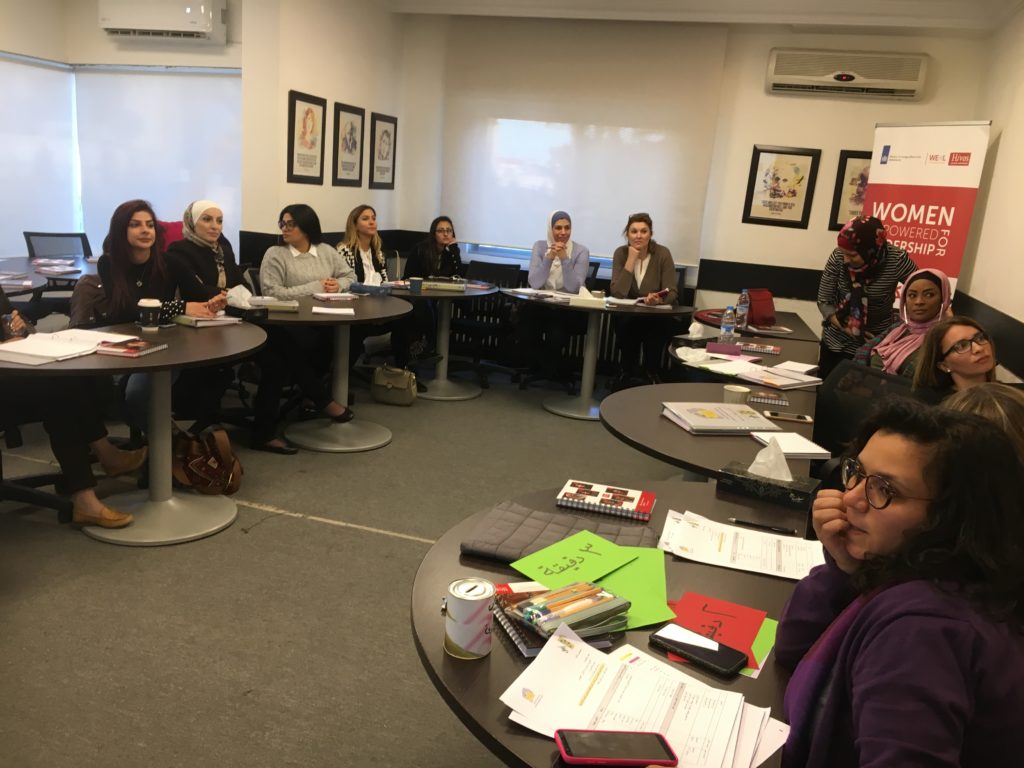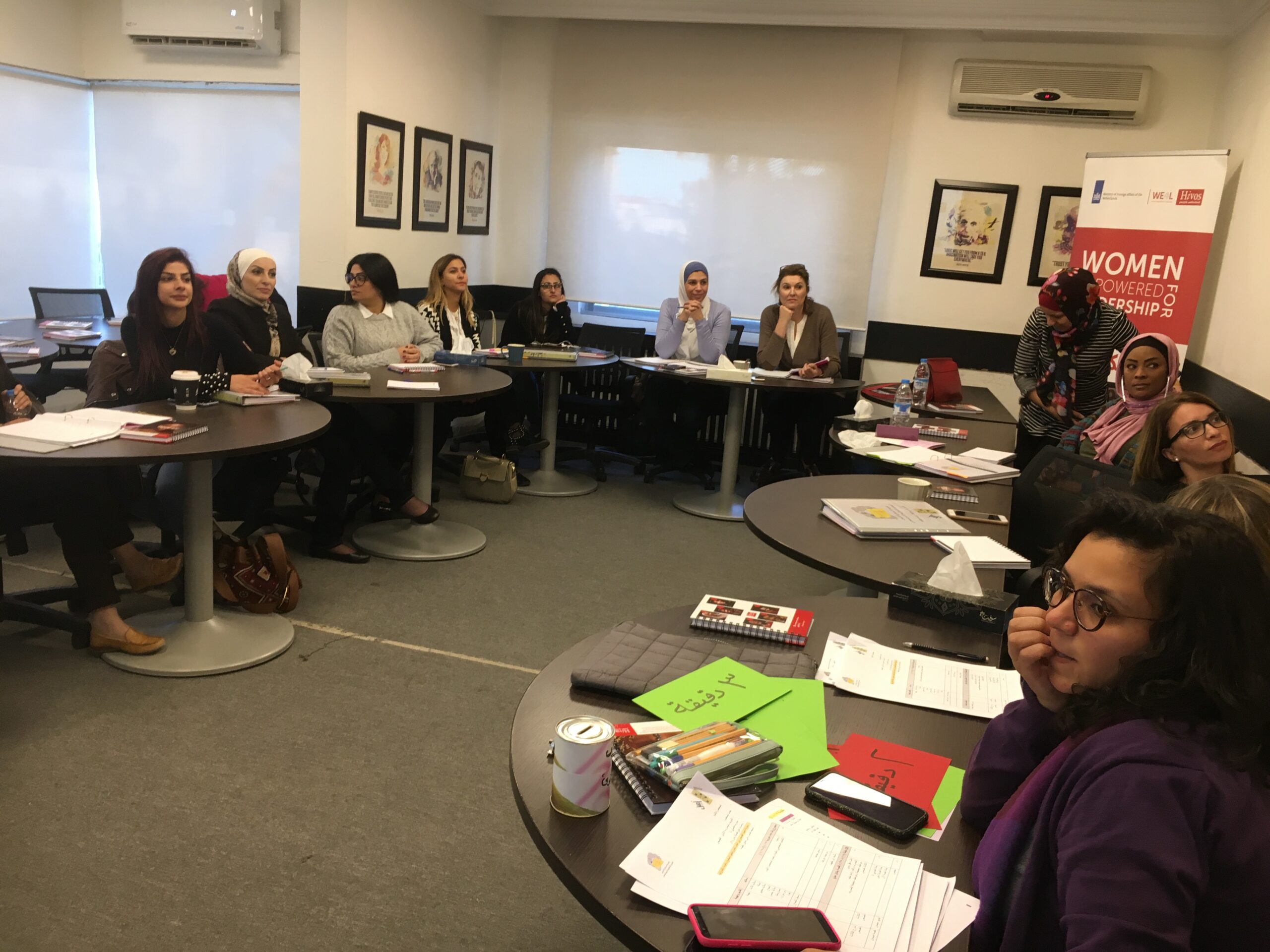id=”720″ id=”post-2173″ class=”wp-post-content-block ” itemscope itemtype=”http://schema.org/BlogPosting” itemprop=”blogPost”>

Storytelling in community organizing
By Shara Jazzar
The second session of the community organizing course focused on one of its main pillars: storytelling. In that context, the women were introduced to the theory of American psychologist Jerome Bruner who discovered that people react emotionally to stories they hear, and their emotions can either trigger an action or inhibit it.
Therefore, in order for community organizing to encourage an action from people, positive emotions – persistence, hope, anger, ability to make a difference and solidarity – should be nourished in order to minimize the impact of the negative ones, which are inaction, fear, carelessness, self-doubt and isolation. This will lead to the capacity to become engaged in making change happened, based on the story that was shared.
However, not all stories are the same. In community organizing, the personal story is the most relevant and the individual should be encouraged to say what challenge he/she faced, which decisions he/she took and what options he/she had. Furthermore, the story must have a moral to deliver.




